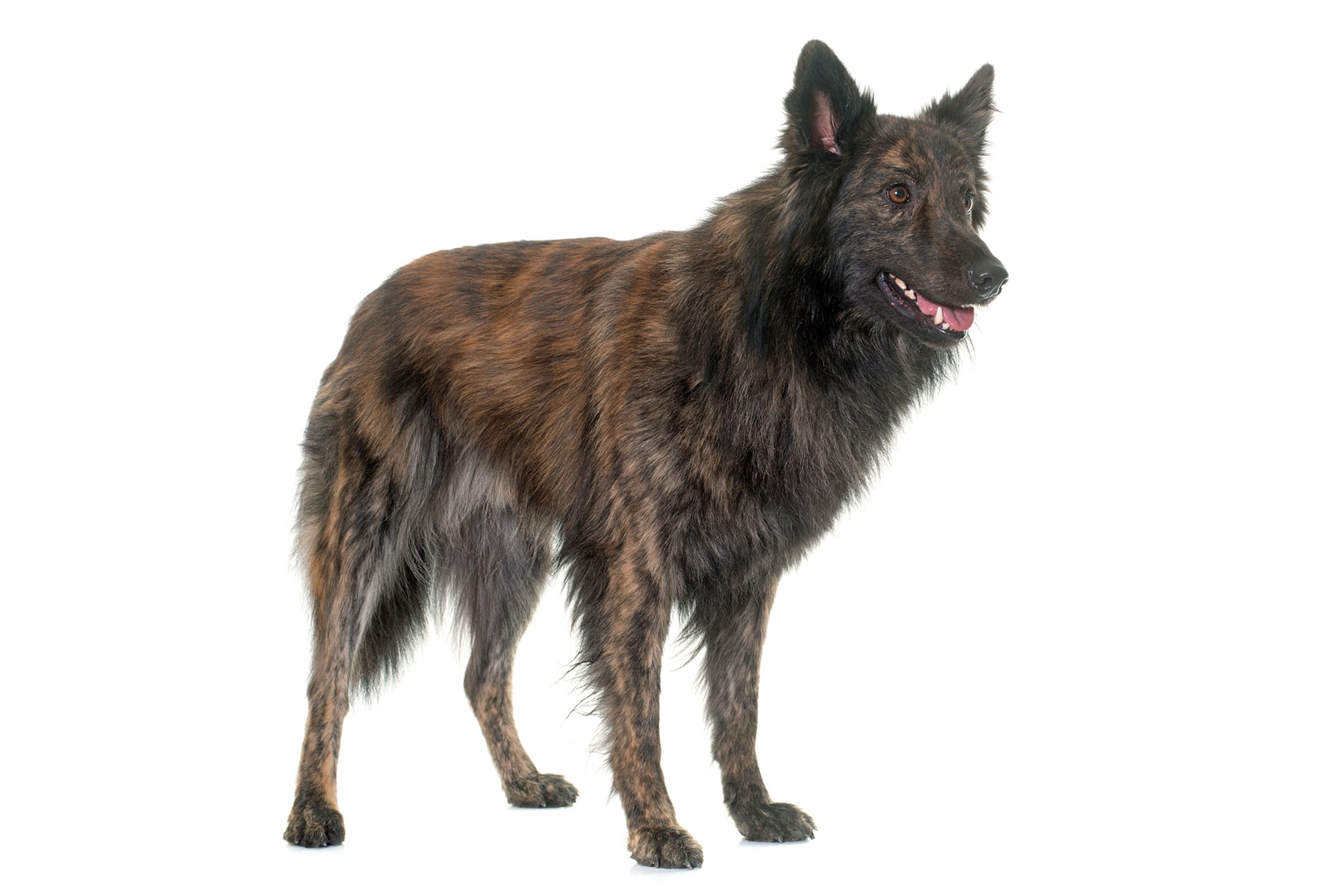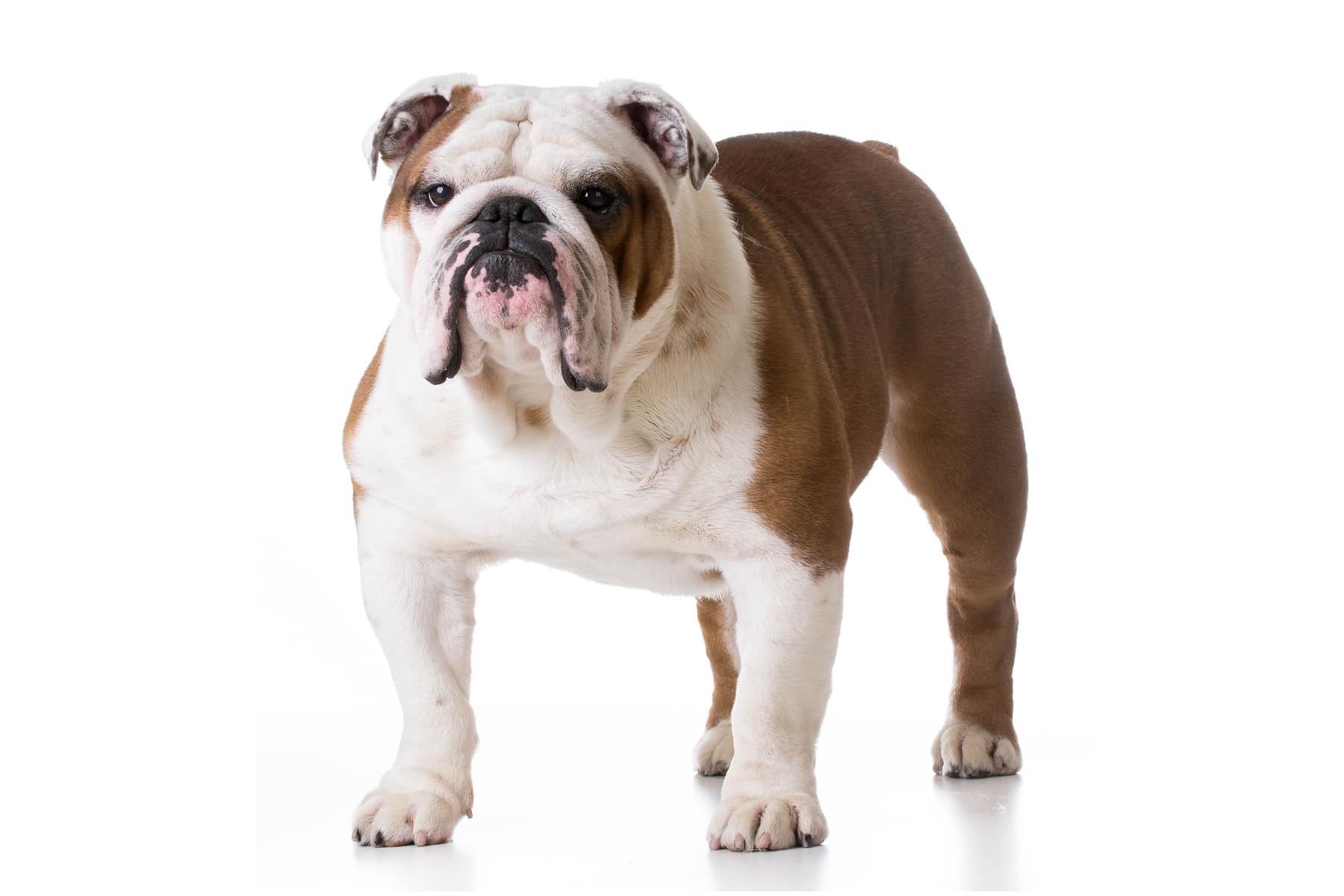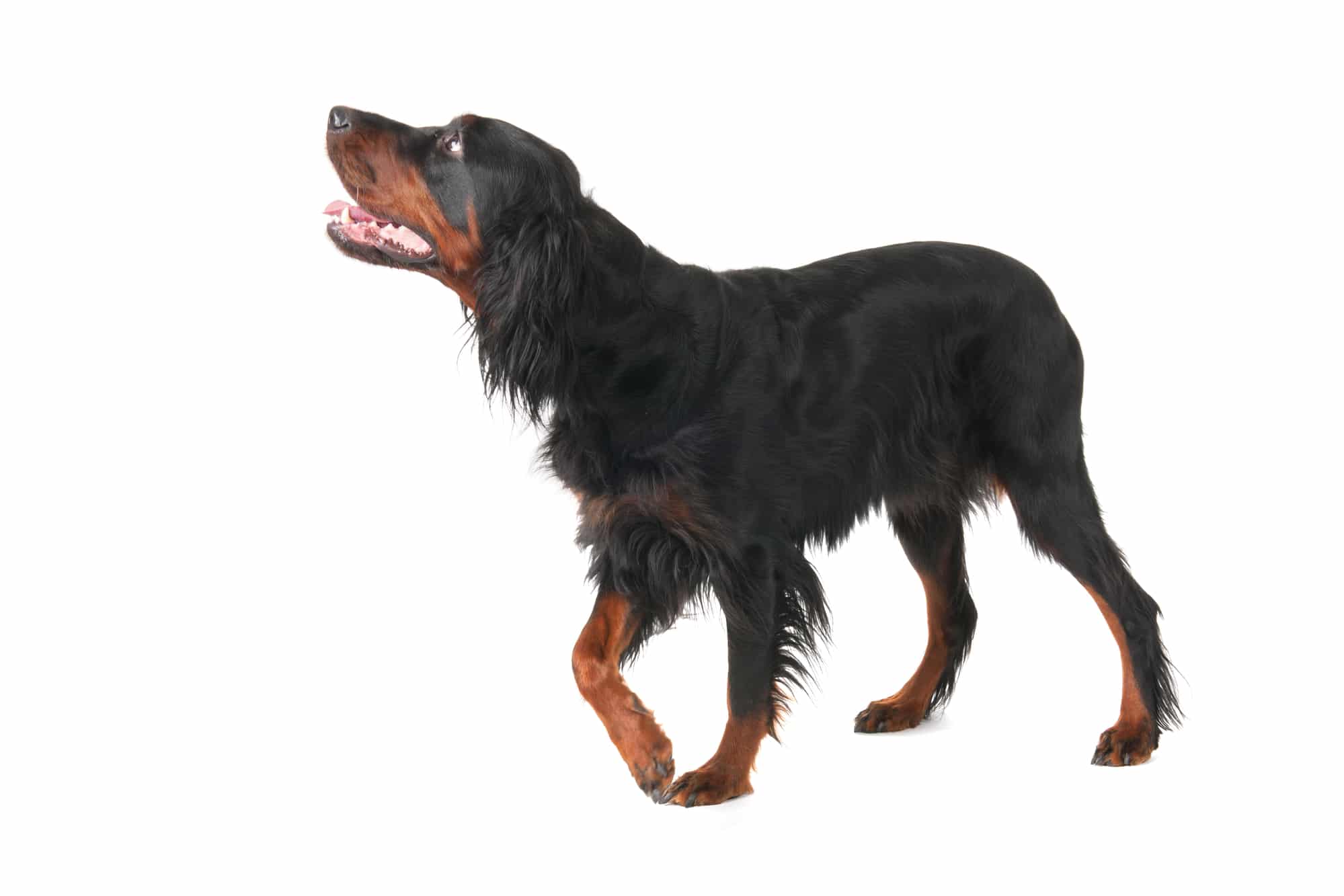Lhasa Apso
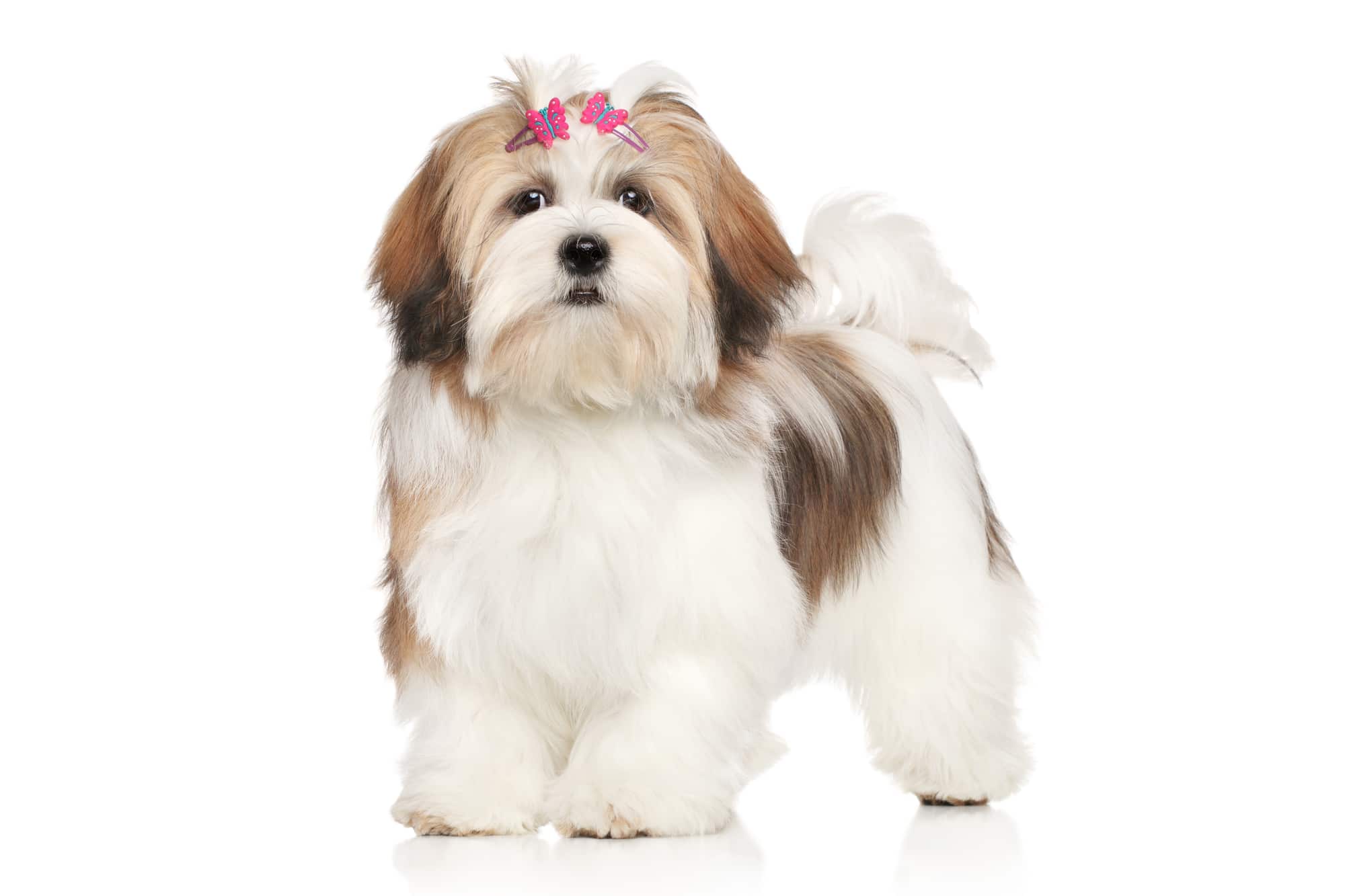
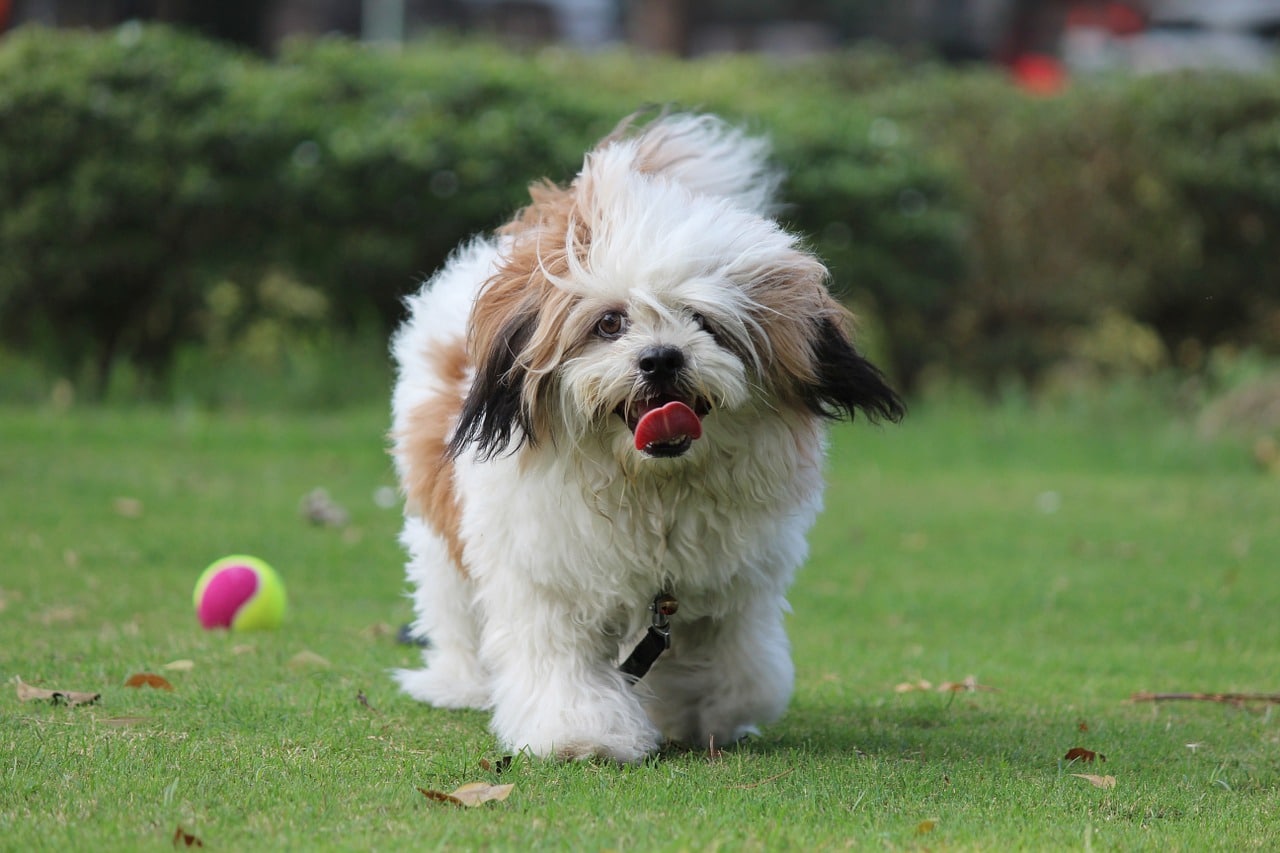
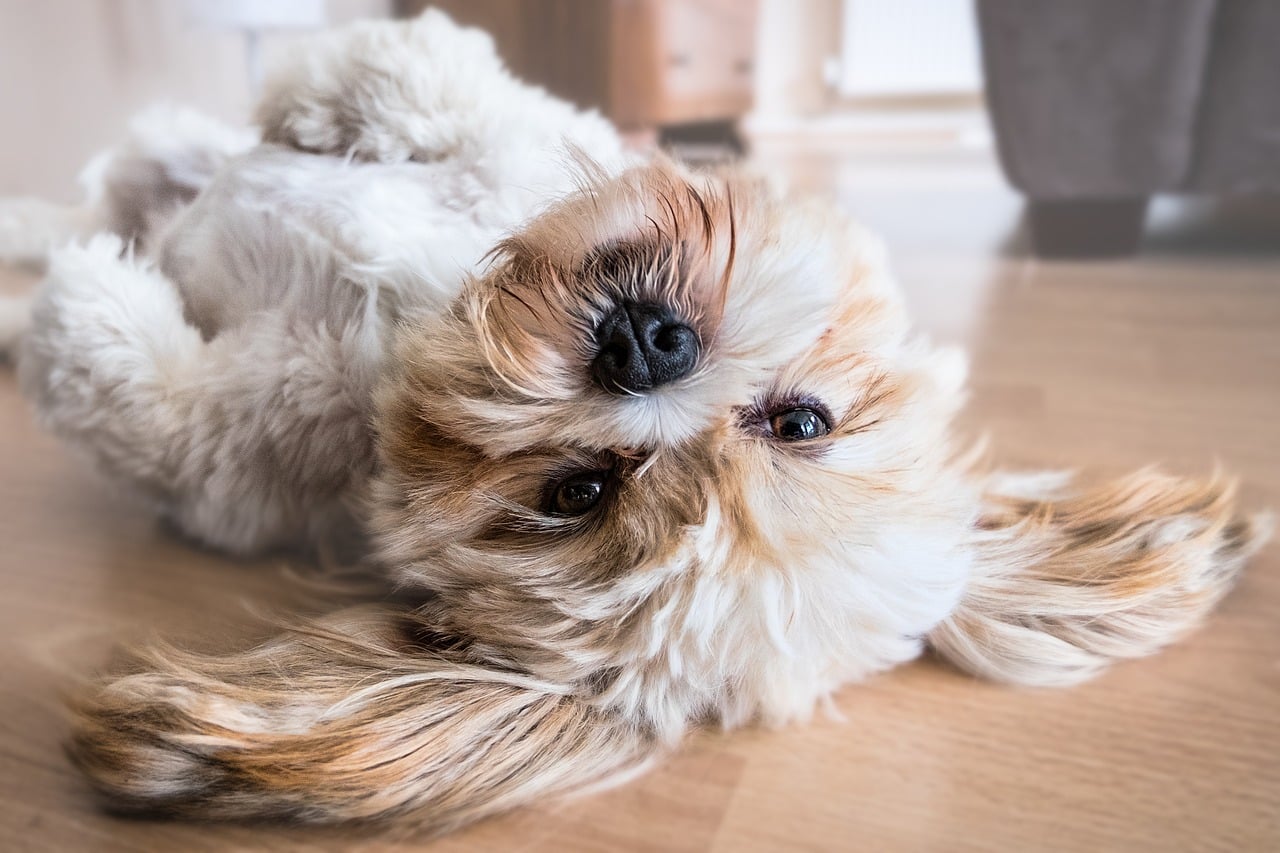
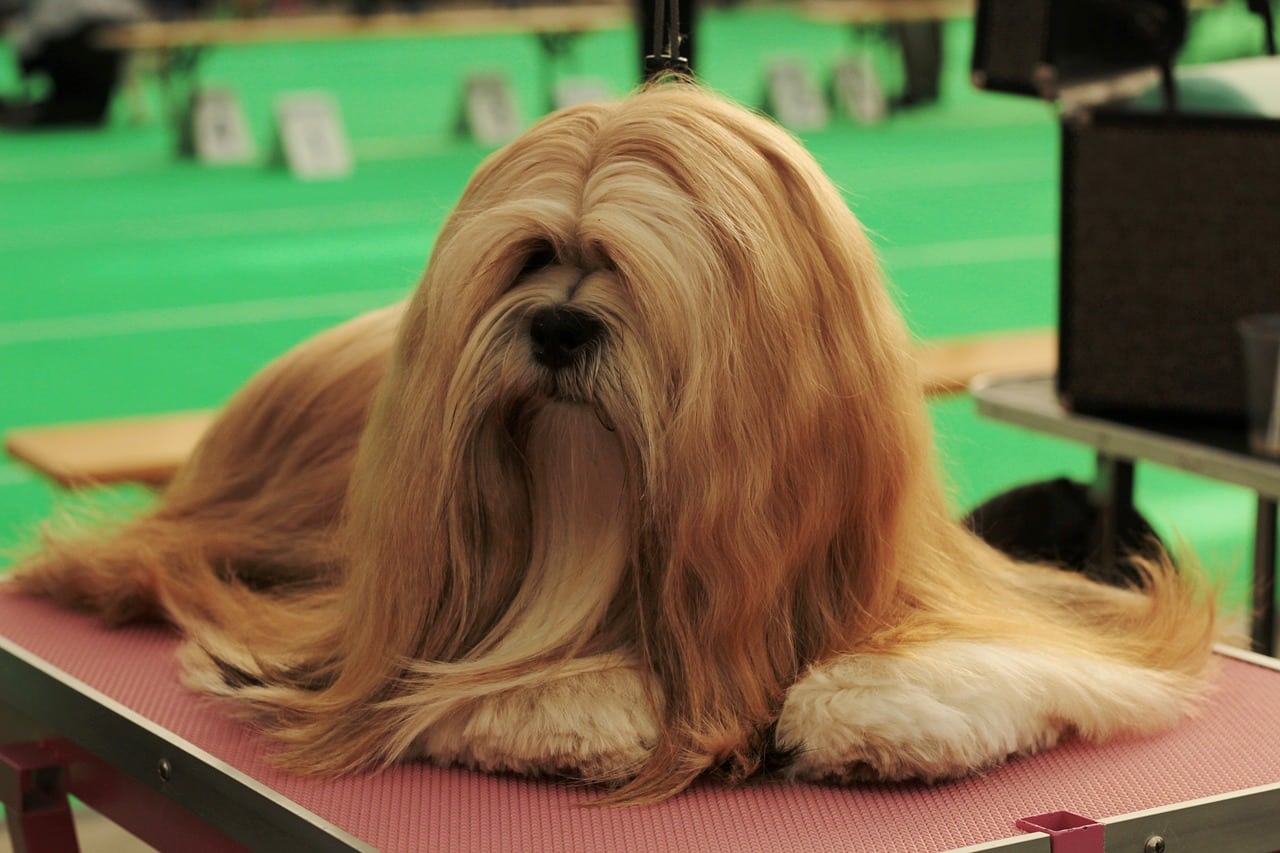
Temperament:
The Lhasa Apso is considered an "ambassador of happiness and peace". All over the world, these proud dogs are highly valued for their character and appearance.
Characteristics
The appearance is characterized by the long, dense and heavy coat. The hard top coat protects the small dog from moisture. At the same time, the undercoat provides ideal insulation against cold temperatures. The floor-length coat covers the strong, muscular body. The head with the drooping ears is lushly coated. The short tail is carried upright, slightly kinked in the last third.
The friendly Lhasa Apso is very affectionate and playful. It is somewhat suspicious of strangers when it first meets them. As soon as this self-confident dog has gained confidence, it shows its charming nature.
The Lhasa Apso can be a good family dog. However, it has retained its independence and sometimes behaves aloofly. With loving and consistent training, it is child-friendly. However, some dogs of this breed prefer to be with calmer adults.
Despite its small size, the Lhasa Apso likes to go on long walks. This enduring dog enjoys accompanying its owner on various sporting activities. It is very vigilant in its territory. It immediately sounds the alarm at the slightest suspicion. Nevertheless, the dog does not tend to bark constantly.
The Lhasa Apso is "small but mighty". This spirited dog is very intelligent and is often underestimated. It gladly accepts loving and consistent leadership. If he is treated like a lap dog, he tends to take the lead himself and set the tone. The relationship of trust with its owner is based on mutual respect.
The independent and self-reliant dog bonds closely with its caregiver.
This attentive and docile little dog is easy to train with positive motivation. If the owner tries to be strict, he will fail because of the stubborn stubbornness. The Lhasa Apso is a very adaptable dog. It is a good companion for individuals. It also fits well into larger families.
Coat care:
Shedding:
Energy level:
Trainability:
Children suitable:
The right food
When choosing food, make sure that it contains high-quality ingredients, is balanced and meets your dog's requirements. Age, size or weight, activity and health status play an important role. You should follow the manufacturer's recommendations for the amount of food.
Treats should only be fed in moderation and deducted from the basic diet to avoid obesity.
Puppies can be fed 4-6 times a day. The number of meals should be gradually reduced to 2 per day until the dog is fully grown. A rest period should be observed after meals.
Fresh drinking water should be available at all times.
Health & Care
The coat consists of two layers. The hard top coat protects the small dog's body from the wet and cold like an outdoor jacket. The insulating undercoat is very dense in winter. It falls off during the shedding season in spring and is replaced by a thinner undercoat for the summer. The hair, which partially covers the eyes, protects them from dust, wind and UV radiation.
Regular grooming is very important for this long-haired breed. Frequent bathing is not necessary. Dry dirt can be easily brushed out of the coat. A conditioning spray should be applied before every grooming session to moisturize the hair. It prevents long hairs from breaking off when brushing.
The easiest way to get through the thick coat is to brush the dog in a sideways position. The hair is parted and combed through layer by layer. A brush with natural bristles prevents the hair from becoming electrically charged. A metal comb with wide teeth can be used for the paws and belly.
A mild dog shampoo cares for the skin and coat. Some Lhasa Apsos are clipped short in summer to make grooming easier. The hair that partially covers the eyes should be trimmed regularly. This is the only way to ensure a clear view in all directions. You can also tie them up with a hair clip.
A weekly check of the drooping ears helps to detect parasite infestation at an early stage. Incipient inflammations can be treated in good time. The outer ear canal should be cleaned twice a week with a mild ear cleaner.
During cleaning, the auricle is cleaned first. Then the ear is lifted slightly. The cleaning agent is dripped into the ear canal and massaged in. The dirt that is rinsed out is removed with a soft cloth. Cotton buds push the dirt deeper into the ear canal. They should not be used to clean the ears.
The paws must be checked regularly. In older dogs, the claws no longer wear well. They tend to grow into the pads. To avoid injuries, the claws must be trimmed regularly. The pads should be lubricated with a nourishing balm in summer and winter.
The Lhasa Apso has a very short muzzle and close-set teeth. The formation of tartar is prevented by removing plaque. Special toothbrushes and toothpastes for dogs can be used for this purpose.
Suitable accessories
Your dog needs a food and water bowl as basic equipment. The long hair must be protected from soiling by food scraps. Food bowls with a raised rim or food bars are suitable for this. A soft place to lie down in a quiet corner makes your dog's happiness perfect. Nevertheless, he wants to be able to watch everything.
He needs a brush and comb for grooming. Dog shampoos with moisturizing oils give the long coat a shine. Conditioner, balm and conditioning spray protect the keratin layer of the hair.
Lhasa Apsos can be walked with a collar or harness and lead. The collar should not be too tight to protect the hair. A winter coat is not necessary. The undercoat protects the small dog sufficiently from low temperatures. Shortly clipped fur must be protected by a raincoat in wet weather.
Intelligence toys are just the thing for lion dogs. He loves the mental challenge of tricky games.
Other accessories that are part of every dog's basic equipment: tick tweezers, claw scissors, dog toothbrush and cream, transport box for transportation in the car and a first aid kit. It's best to ask your vet what should be in the first aid kit.
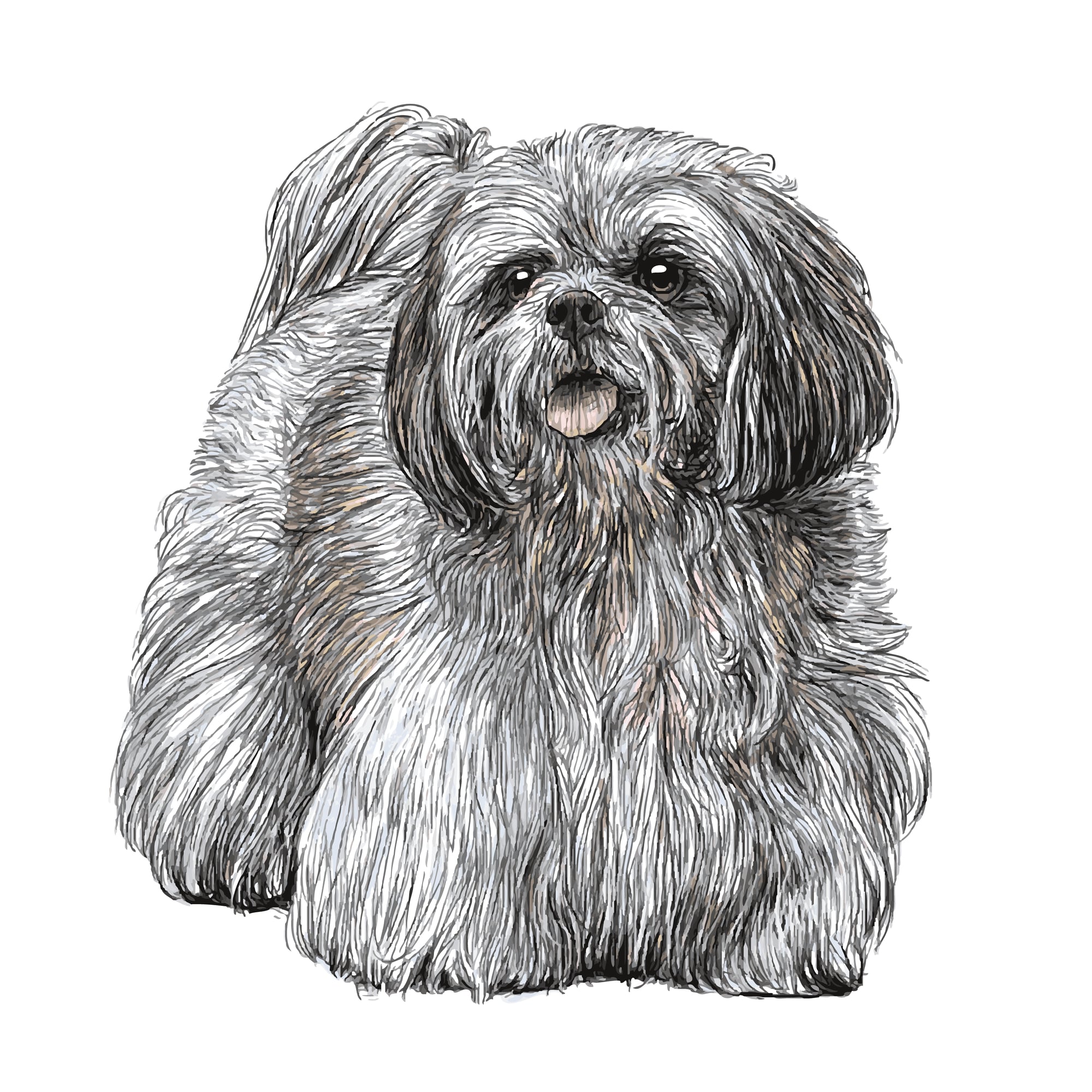
Origin & History
The Lhasa Apso is one of the oldest dog breeds. Its original home is the Tibetan highlands. The elegant dog looks back on thousands of years of tradition as a temple dog. The monks in the monasteries regarded the noble dog as a lucky charm. They were revered as the reincarnation of deceased monks.
Farmers used them to guard their farms and livestock because of their vigilance. The combed, thick undercoat was used to make wool for clothing. The noble dog even conquered the court of the Chinese emperor.
The English first brought the Lhasa Apso to Great Britain in 1901. Shortly afterwards, the English king received a few dogs from the Dalai Lama as a gift for breeding. The breed was adapted to modern requirements through breeding selection.
The first breed club was founded in England in 1933. The first breed standard was established in 1934. Recognition as an independent breed by the FCI took place in 1960. In the rest of Europe, especially in Germany, targeted breeding only began around 1970. Even today, the Lhasa Apso is a rather rare breed of dog. The preservation of the breed is one of Great Britain's tasks. The current breed standard is also defined in England.
